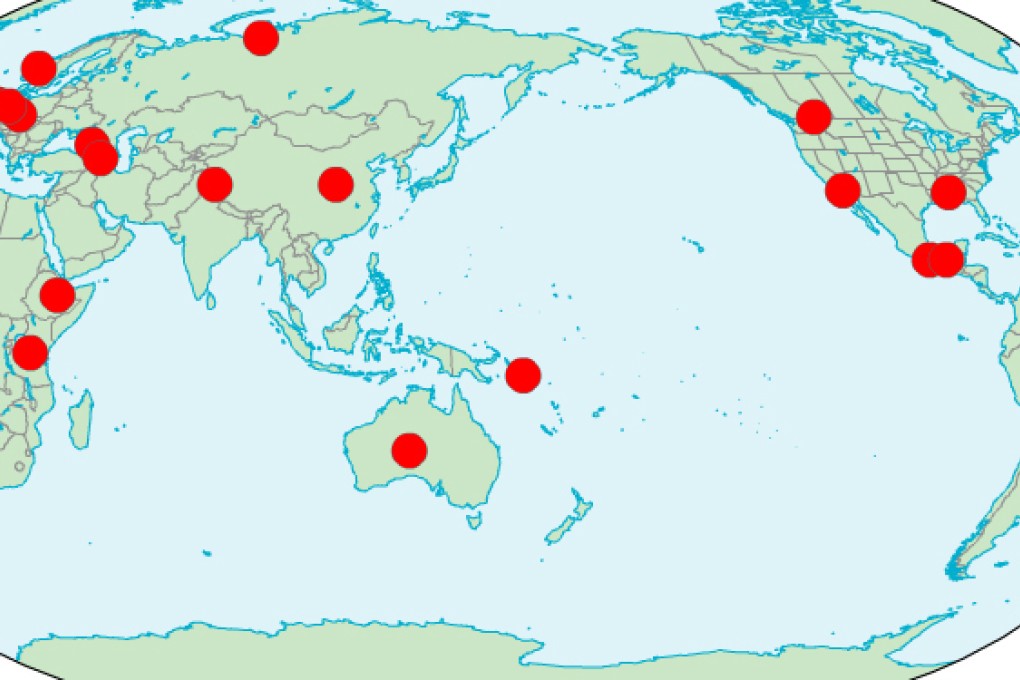Update | Putonghua rated more 'weird' than Cantonese in language study

Putonghua ranks among the top 25 "weirdest“ languages in the world, while Cantonese was among the 10 least "weirdest", according to linguistic findings from a US database.
The research, published by San Francisco-based consulting firm Idibon, may come as a surprise to language learners who struggle with the nine tones of Cantonese, compared with four for Putonghua.
By employing a “non-English-centric approach”, the study evaluates “weirdness” of a certain language not by how different it is compared with English, but by how unusual its features are from all the other languages in the project, said Schnoebelen, who holds a doctorate from Stanford.
The language that was most different, or the “weirdest”, was Chalcatongo Mixtec, spoken by 6,000 people in Oaxaca, Mexico. Hindi, one of the official languages of India, was rated the least “weird”, or the most ”non-deviant“ language in the newly released Language Weirdness Index.
English ranks No 33 on the index.